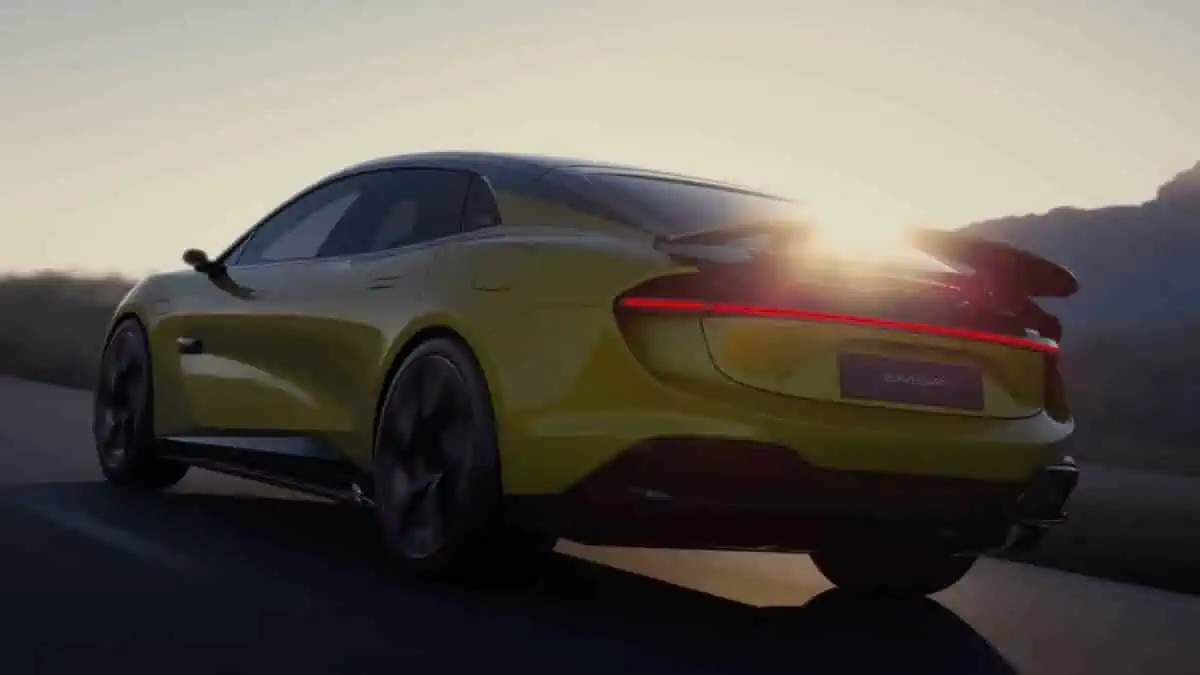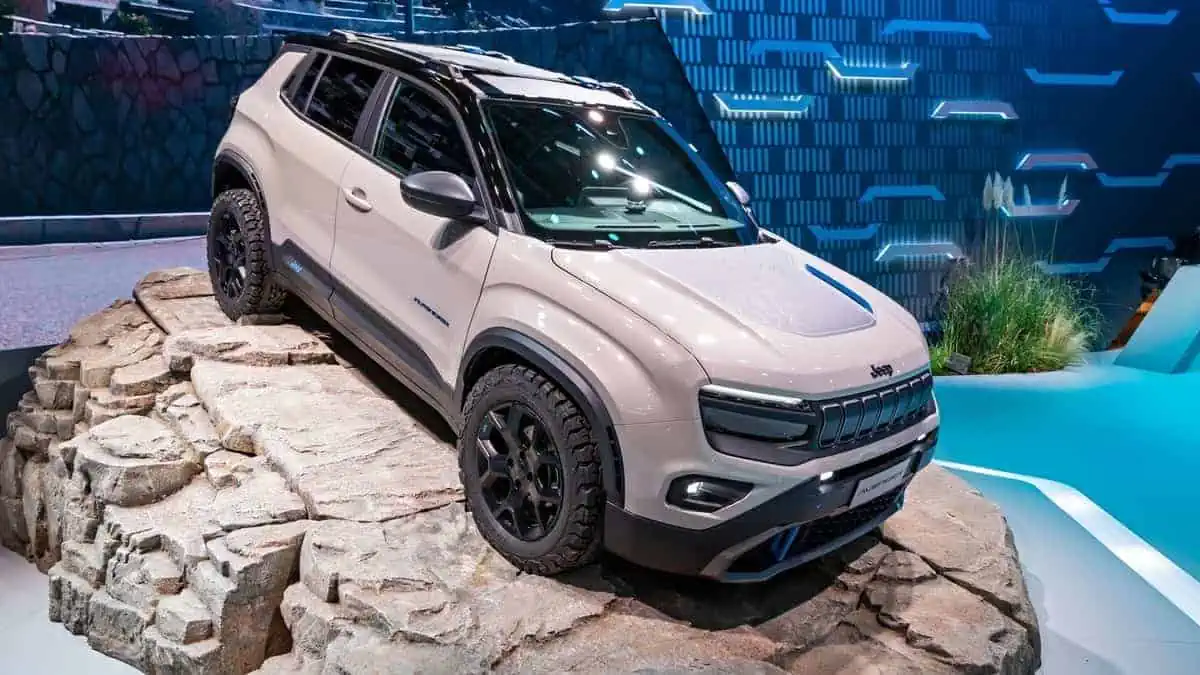British legacy automaker Lotus will replace its remaining internal combustion engine-powered sports car Emira with an electric one codenamed Type 135, Autocar reports.
Timeline and pricing
Lotus plans to officially introduce the new electric sports car as early as next year. Its market launch will follow in 2027.
The British performance brand plans to develop and produce the Type 135 in Hethel, Norfolk.
The upcoming electric sports car will reportedly cost about £75,000 ($95,345) when it hits the market.
“It’s something that’s not a big step on from where we are at the moment, but we recognised that there’s going to be a lot of new technology. That’s an engineering challenge: it’s where we need to get to in the market. So our teams will need to work fastidiously to make sure we can get the price to that level.”
Mike Johnstone, Lotus Group’s Chief Commercial Officer
What’s currently known about the Type 135?
The upcoming Type 135 electric sports car will mark the brand’s fourth and final model for the Vision80 project, following the Eletre large SUV, Emeya saloon, and impending Type 134 D-segment SUV.
“We need the bullseye of the brand, which has to be that two-seat sports car. Otherwise, we’re just a brand with a Lotus badge. The sports car is an essential part of our future.”
Mike Johnstone, Lotus Group’s Chief Commercial Officer
As mentioned by the Lotus COO, it will be a two-seater sports car. It will ride on the Lightweight Electric Vehicle Architecture (LEVA), which was initially intended to underpin Lotus and Alpine’s now-discontinues model collaboration.
According to the report, the chassis is lighter than the Emira’s by 37%. Therefore, it can somehow compensate for the Type 135’s heavy battery pack for the final weight. In addition, it will reportedly offer one- and two-motor powertrains that generate 469 horsepower and 872 horsepower, respectively. It can also support rear- and all-wheel drive configurations.
Moreover, Lotus is also considering equipping the same Type 135 with torque-vectoring AWD configuration as the Evija.
The Type 135 is expected to feature 66.4 kilowatt-hour and 99.6 kWh batteries, enabling 300 and 450 miles of driving range, respectively.
“It’s our DNA: dynamics, aerodynamics, lightweighting – that’s what we do on all our products. We still want these to be Lotus products. They are going to have a different propulsion system but that system comes with benefits as well: instant torque, easier cooling and better packaging, so the first sports car [the Type 135] will have a lot of storage and packaging benefits as well.”
Mike Johnstone, Lotus Group’s Chief Commercial Officer
Lotus to halt Emira production
The Lotus Emira has just arrived in the automotive market. According to The Drive, Lotus initially delivered the Emira to UK customers in the fourth quarter of 2022.
That said, the Lotus Emira is just over a year old as of today. However, it is already set to retire with the arrival of the new electric sports car in 2027.
The Emira will only record a five-year lifecycle if it actually ends production, indicating a relatively brief lifespan by normal industry standards and even for Lotus. For instance, the Evora enjoyed a 12-year-long lifecycle, while the Series III Exige had nine years.
Lotus expects to sell 10,000-15,000 Type 135 units in the global market annually, indicating a significant gap with Eletre’s 50,000-unit sales. Nonetheless, COO Johnstone emphasized that the Type 135 is a crucial model for Lotus. The British automaker has yet to decide on the new model’s name, which may revive an iconic name from its history.






